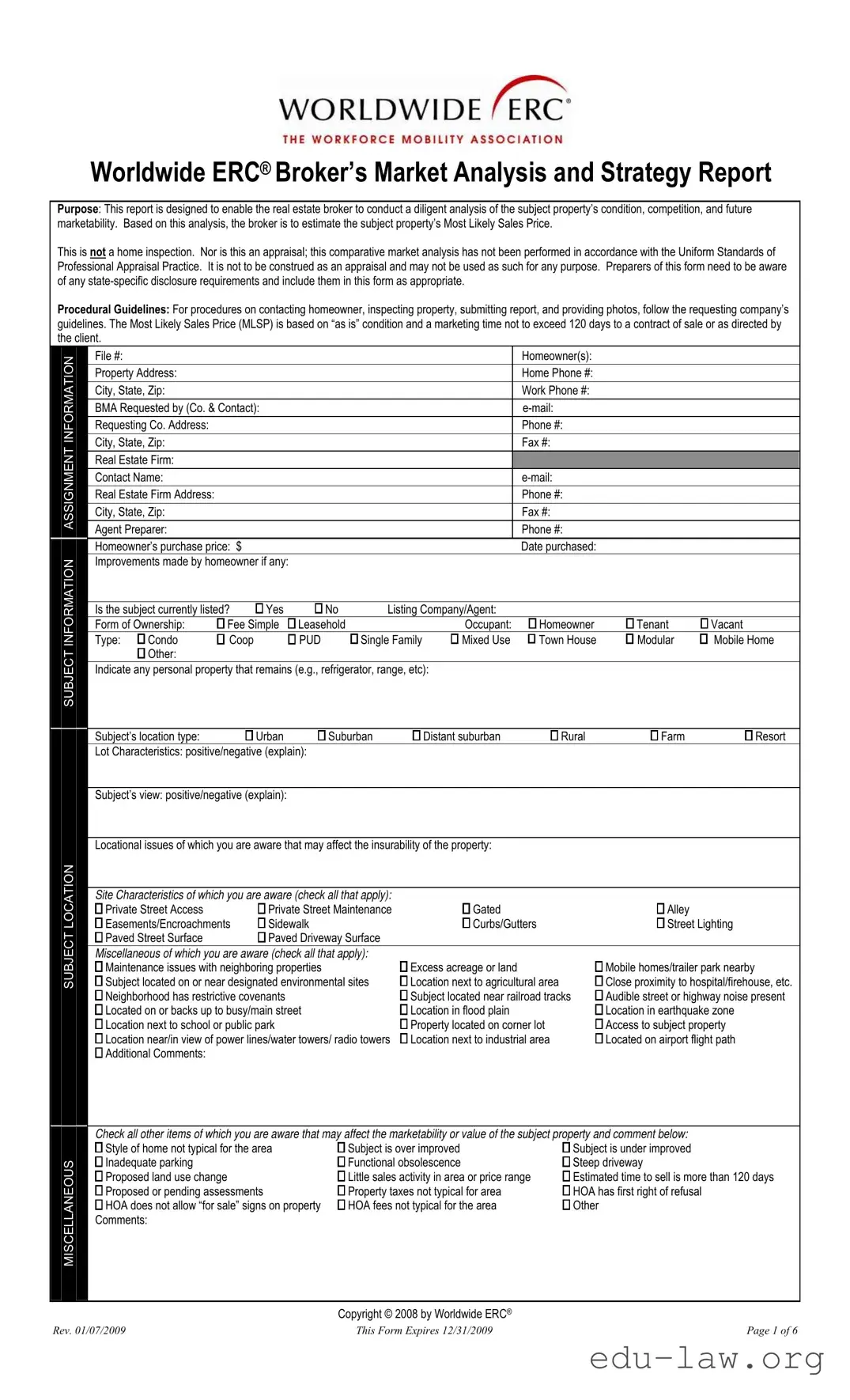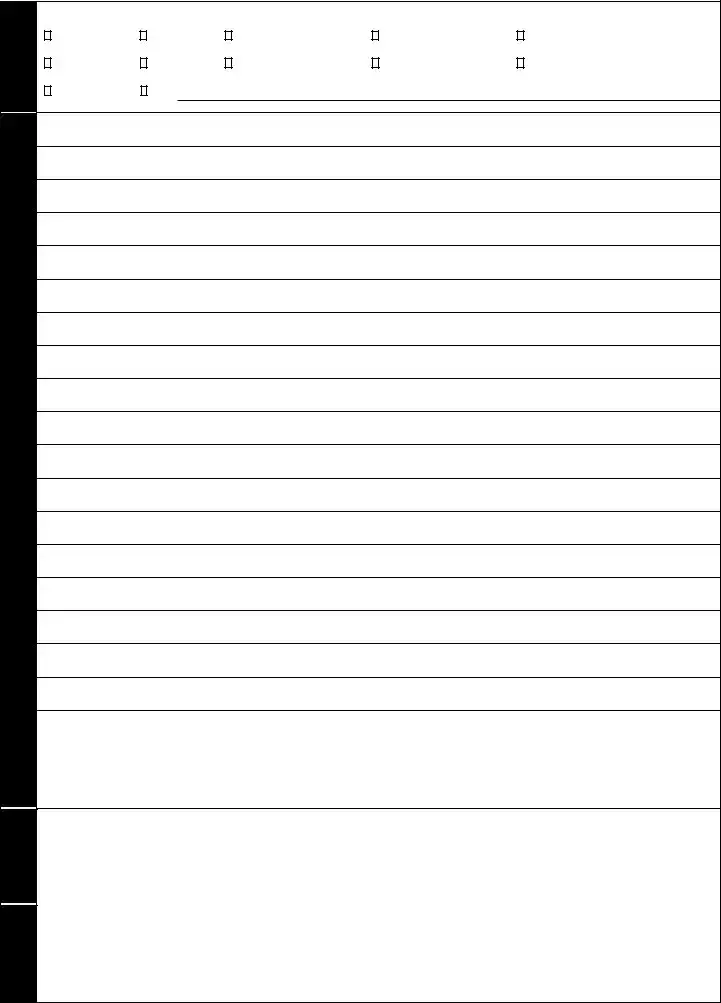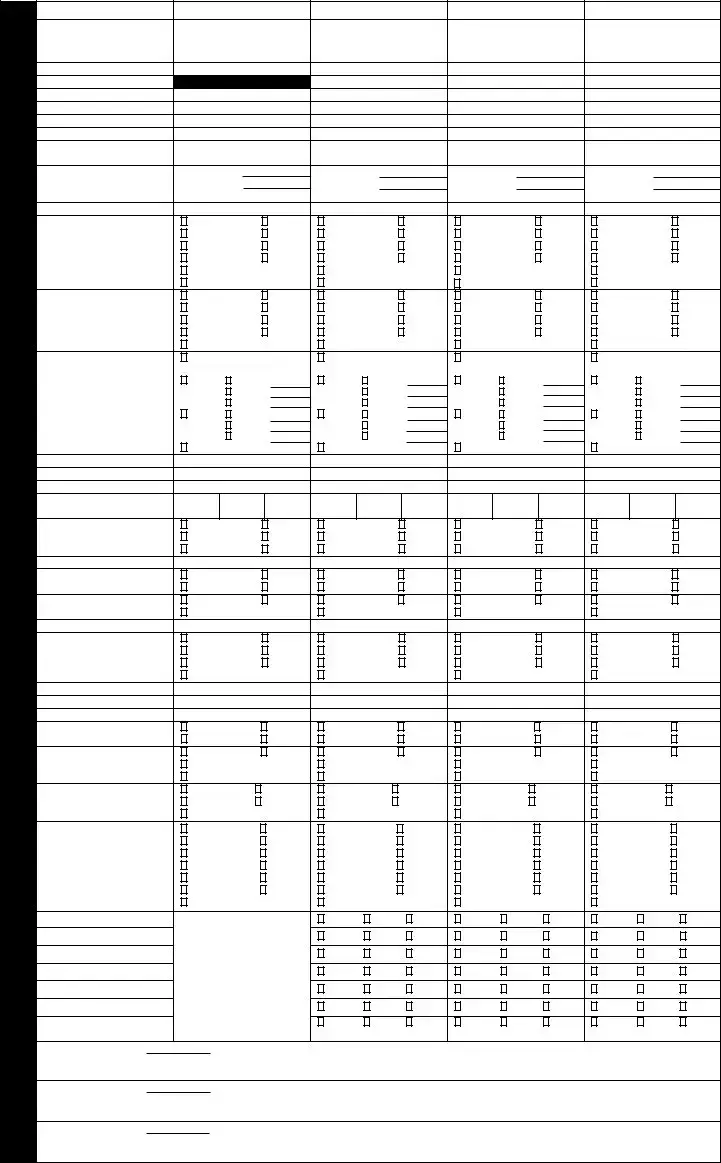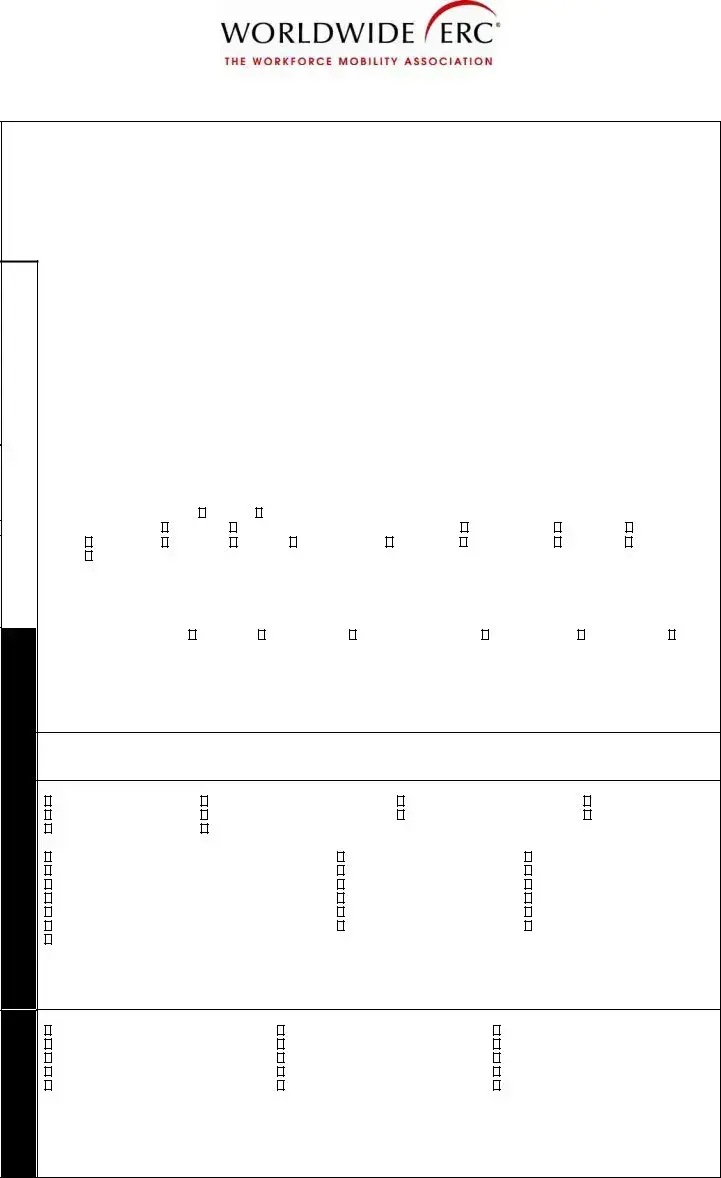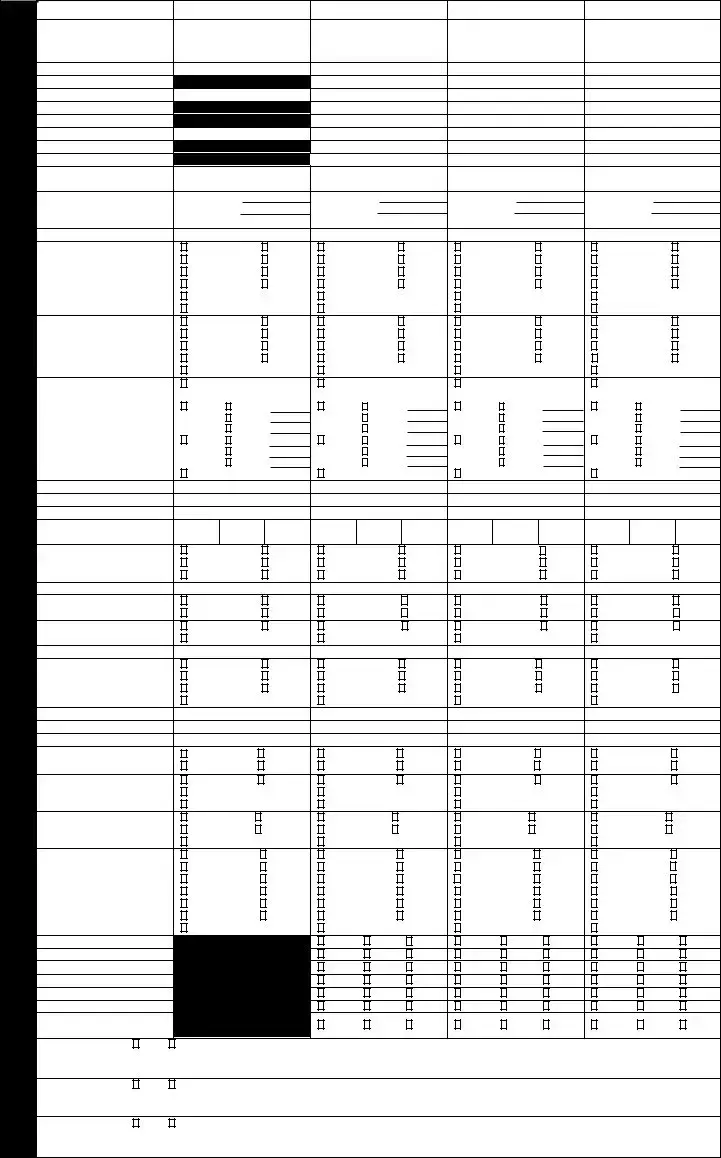The Comparative Market Analysis (CMA) is a document frequently used by realtors. It assesses the value of a property based on similar properties' sales in the area. While the ERC Broker Market Analysis focuses on estimating the Most Likely Sales Price, a CMA provides a broader view of market trends and conditions, allowing homeowners to understand how their property stands compared to others. Both documents rely on recent sales data, but a CMA often includes more extensive analyses of market conditions and trends.
The Appraisal Report is another key document in real estate transactions. Appraisers evaluate property value according to standardized methodologies, which go beyond the subjective analysis of a broker. Unlike the ERC form, which centers on marketability from a sales perspective, an appraisal provides a legally binding assessment often required by lenders. It includes more formalized standards and processes specific to local regulations and valuation practices.
The Property Inspection Report serves a different purpose, focusing primarily on the physical condition of the property. Inspectors identify issues that could affect the property's value or safety, providing a comprehensive check-up of systems like plumbing and electrical. In contrast, the ERC Broker Market Analysis emphasizes market conditions rather than the detailed mechanical assessment of the property itself.
The Seller Disclosure Statement is often required during home sales. It outlines known issues with the property that could affect its value. While the ERC Broker Market Analysis may note problems that influence marketability, the Seller Disclosure formalizes what the seller knows about the property's condition, creating a clear record for potential buyers.
The Rental Market Analysis (RMA) is essential for investors focusing on income properties. An RMA assesses potential rental rates by comparing other rental properties in the area. This parallels the ERC Broker Market Analysis's objective to evaluate a property for sale concerning its conditions and competition. However, the RMA emphasizes income potential rather than resale value.
The Listing Agreement outlines the contractual relationship between the seller and the agent. This document details terms for listing a property on the market. While the ERC Broker Market Analysis assists in setting a fair price, the Listing Agreement serves as the formal authority that authorizes agents to market the property, thus establishing reciprocity in the selling process.
The Closing Statement is critical for finalizing a property transaction. It includes all financial details, such as sale price, adjustments, and agent commissions. Unlike the ERC Broker Market Analysis, which is preparatory, the Closing Statement confirms the results of the entire sales process and ensures all parties meet their obligations before the deal closes.
The Title Report reveals the legal status of the property and any existing liens or claims. While the ERC Broker Market Analysis assesses physical and market conditions, the Title Report provides a legal perspective. It ensures that the property ownership is clear and free of issues that could impede a sale.
The Marketing Plan outlines strategies to promote a property effectively. It often utilizes insights from market analyses to inform pricing and targeting strategies. The ERC Broker Market Analysis contributes valuable data but does not serve as a comprehensive marketing tool; rather, it supports a more extensive plan to market the property based on gathered intelligence.
The BPO (Broker Price Opinion) is similar to the ERC form in that both assess property value. However, BPOs are often used for lender purposes and are more targeted toward foreclosure properties. While the ERC Broker Market Analysis is geared toward evaluating a property’s market condition for sale, a BPO primarily serves lenders who need quick evaluations for mortgage decisions.
